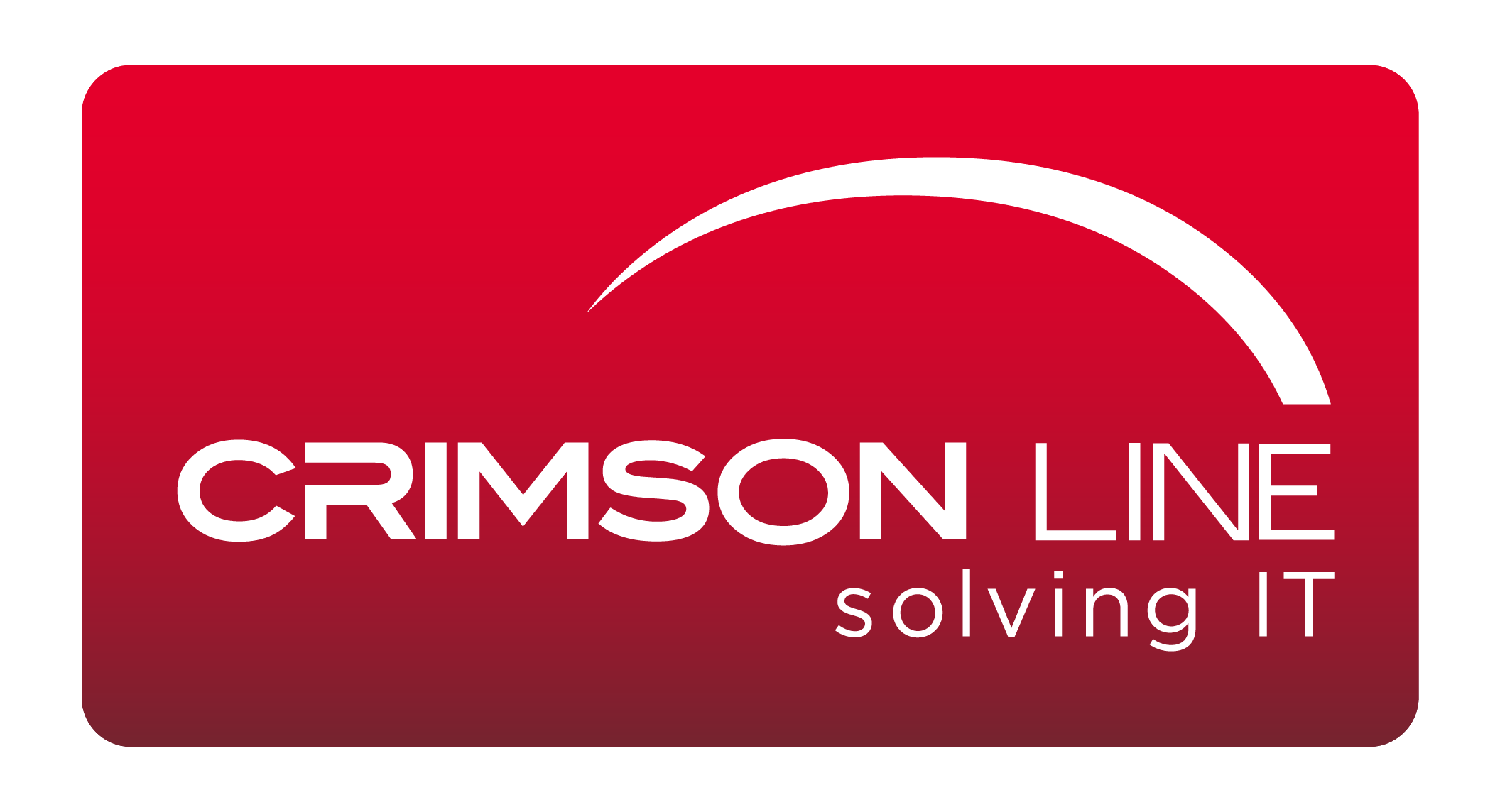Johannesburg, 13 Dec 2023
Disaster recovery has become crucial for business continuity and resilience, yet it remains a ‘grudge purchase’ for many organisations.
This is according to Crimson Line, a managed IT and cloud service specialist consultancy and Microsoft Managed Gold Partner, with a growing DR as a service portfolio.
Theo Wilken, Sales Director at Crimson Line, says: “When businesses rely 100% on their IT, they need to take DR seriously and allocate budget accordingly. Financial services businesses do focus on DR; however, many others – from schools to retailers – do not. This is despite the fact that they are at risk of direct impacts to their operations should their systems go down. Any business owner should ask – what would the impact be if I couldn’t access my invoice or billing data, or if the systems all went down for a day or longer? Most local businesses don’t have appropriate DR plans in place. Many don’t understand why it is necessary, or the difference between DR and backup.”
Karen Koen, Finance and Marketing Manager at Crimson Line, adds: “Virtually no organisation’s failover would be an exact spec of their working environment – so it’s always chaos if something happens to their mission-critical systems.”
Louis Koen, Crimson Line founder and owner, says traditional businesses with legacy and on-premises infrastructures are at the greatest risk of business interruption should a key system fail: “If hardware breaks down in the office, it is time-consuming to get new hardware.”
Wilken says: “We have seen backlogs on certain equipment that hit home recently – the ETA can be as long as six months.”
Properly planned DR in the cloud mitigates the risk of downtime due to power cuts, hardware failures, cyber attacks and disasters, and eliminates the need to buy hardware under pressure, says Crimson Line.
Crimson Line’s DRaaS offers 24/7 available DR that organisations only pay for when they need it. They can switch your DR on when a power cut happens, when hardware has failed unexpectedly, or to test their DR preparedness.
Koen notes that the DR site should offer the same capabilities as the primary site, and that it should be tested regularly to assure continuity and mitigate business risk.
“With cloud, you have always available hardware you can use, and you only pay when you use it. But at any point in time, you can test if the environment can recover and how quickly you can get it up and running again,” he says.
For businesses already running in the cloud, DR should also be a priority, Koen says.
“Where organisations have cloud-only solutions, they need DR in case something happens to the hosted environment. We have had scenarios where the South African region goes down, and we need DR in the US or Europe. Organisations hesitant to take their data out of the country can have a DR site in another city in South Africa.”
Crimson Line DRaaS helps organisations design and architect DR environments that meet their unique security, compliance and performance requirements. “We help them identify their crown jewels and understand their business needs, including the response time needed, whether all data should be taken in a cluster, or segregated by archive data and regularly consumed data. We also look at whether data should just be stored and protected, or if it should report back to another environment. We then customise their DR service and take them through a journey to improve their organisational resilience,” says Wilken.
Secure your business future with Crimson Line:
Don't let DR remain a 'grudge purchase'. Crimson Line is here to guide you in building a robust disaster recovery strategy that goes beyond mere backups. Contact us today to embark on a journey towards a more resilient, secure and interruption-free business environment. Your business continuity is our priority – let Crimson Line be your trusted partner in mitigating business risks.
Share
